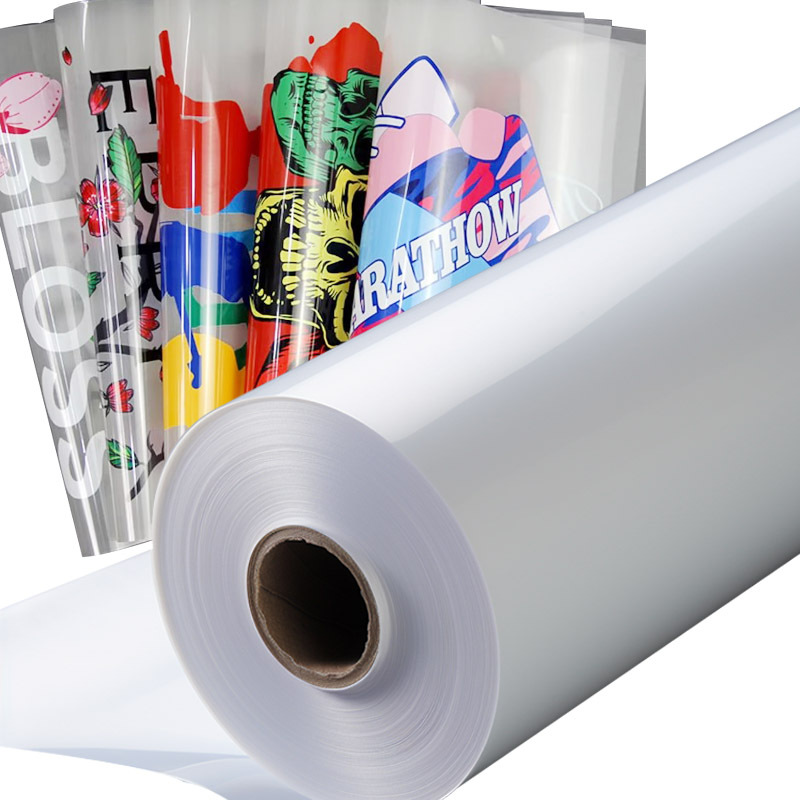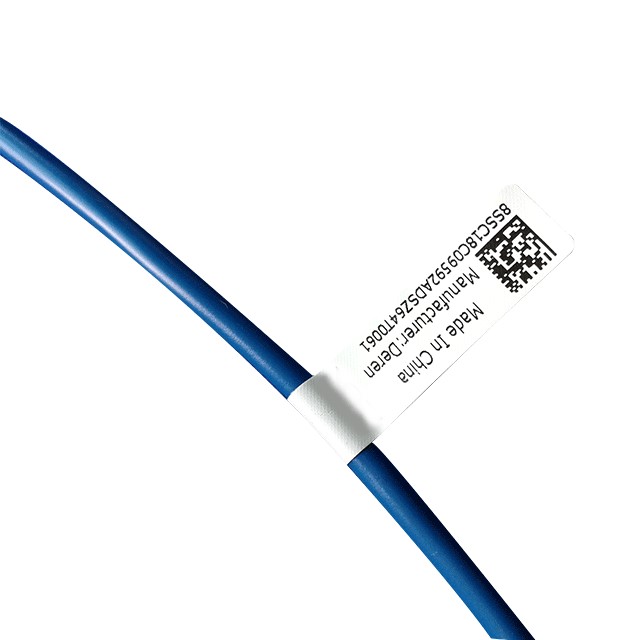The Connection between Flame Retardant Labels and Fire Prevention
Introduction:
Flame retardant labels play a crucial role in fire prevention by providing important information about the fire resistance properties of various materials. These labels are commonly used in industries such as textiles, furniture, electronics, and automotive, where fire safety is of utmost importance. In this article, we will explore the significance of flame retardant labels and their contribution to fire prevention efforts.1. Understanding Flame Retardant Labels:
Flame retardant labels are designed to indicate the level of fire resistance a material possesses. These labels provide essential information about the product's ability to withstand or resist the spread of fire. They are typically affixed to products or materials that have undergone specific fire safety tests and meet industry standards for flame resistance.2. Role in Fire Prevention:
The presence of flame retardant labels on products helps consumers and professionals make informed decisions regarding fire safety. By clearly indicating the fire resistance level, these labels enable individuals to choose materials that are less likely to ignite or contribute to the spread of fire. Flame retardant labels act as a preventive measure by reducing the risk of fire incidents and minimizing potential damage.3. Standards and Regulations:
Flame retardant labels adhere to specific standards and regulations set by authorities and industry organizations. These standards ensure that products meet certain fire safety criteria and provide consistent information across different manufacturers and suppliers. Compliance with these regulations is crucial to maintain a high level of fire prevention and safety in various industries.4. Importance in Textiles:
In the textile industry, flame retardant labels are particularly significant. Fabrics used in clothing, upholstery, and curtains are susceptible to catching fire easily. Flame retardant labels on textiles provide assurance that the material has been treated to resist ignition and slow down the spread of flames. This is especially critical in public spaces like hotels, theaters, and hospitals, where large numbers of people gather.5. Impact on Furniture:
Furniture items, such as sofas, mattresses, and curtains, are often required to meet specific fire safety standards. Flame retardant labels on furniture indicate that the materials used have undergone rigorous testing to ensure their resistance to ignition and flame spread. These labels help consumers identify products that are safer and less likely to contribute to fire incidents in their homes or workplaces.6. Electronics and Automotive Applications:
In the electronics and automotive industries, flame retardant labels are essential due to the presence of electrical components and flammable materials. These labels indicate that the products have been designed and manufactured with fire safety in mind. By choosing electronics and automotive products with flame retardant labels, consumers can reduce the risk of electrical fires and enhance overall safety.Conclusion:
Flame retardant labels serve as a vital tool in fire prevention efforts across various industries. By providing clear information about the fire resistance properties of materials, these labels empower consumers and professionals to make informed decisions regarding fire safety. Adhering to industry standards and regulations, flame retardant labels contribute to a safer environment by reducing the risk of fire incidents and minimizing potential damage.We offer comprehensive technical support, including free professional labeling solutions, advice on label materials and adhesive selection, as well as online/offline assistance from professional software and hardware engineers. Service email: andy@ownlikes.cn. In pre-sales, we leverage our extensive experience in specialty labeling projects to provide clients with the most suitable hardware solutions. Additionally, all our label barcode printers and scanners come with a three-year free warranty, demonstrating our confidence in our products.






This site is protected by reCAPTCHA and the Google Privacy Policy and Terms of Service apply.